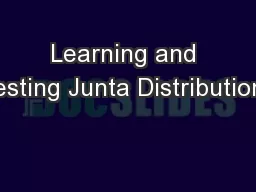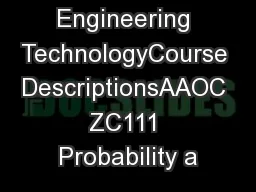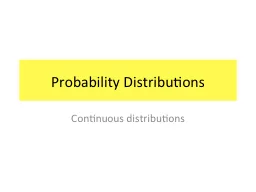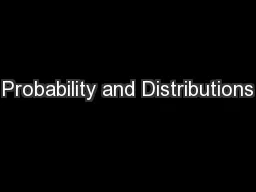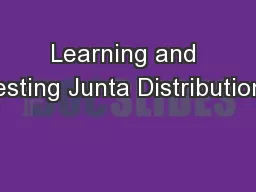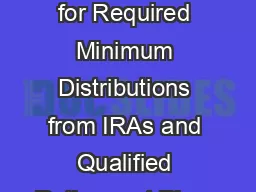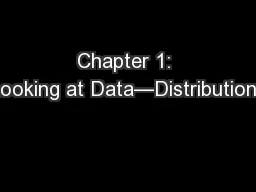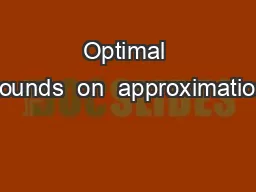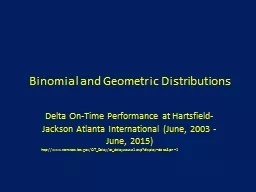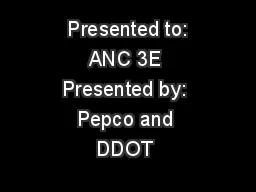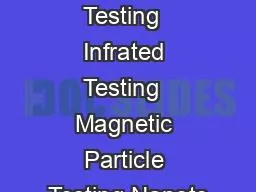PPT-Learning and Testing Junta Distributions
Author : debby-jeon | Published Date : 2017-05-10
Maryam Aliakbarpour MIT Joint work with Eric Blais U Waterloo and Ronitt Rubinfeld MIT and TAU 1 The Problem 2 R elevant features in distributions Smokes
Presentation Embed Code
Download Presentation
Download Presentation The PPT/PDF document "Learning and Testing Junta Distributions" is the property of its rightful owner. Permission is granted to download and print the materials on this website for personal, non-commercial use only, and to display it on your personal computer provided you do not modify the materials and that you retain all copyright notices contained in the materials. By downloading content from our website, you accept the terms of this agreement.
Learning and Testing Junta Distributions: Transcript
Download Rules Of Document
"Learning and Testing Junta Distributions"The content belongs to its owner. You may download and print it for personal use, without modification, and keep all copyright notices. By downloading, you agree to these terms.
Related Documents

